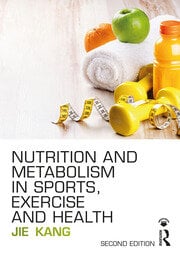ABSTRACT
Protein is a macronutrient which is distinguished from carbohydrates and lipids by the fact that it contains the element nitrogen. Some proteins are very simple, containing amino acids, whereas others contain thousands. The numerous proteins in the body are very chemically diverse due to which amino acids they contain and the ways they are linked together. Considering the level of folding complexity of polypeptide chains, protein can be further divided into four distinct aspects: primary structure, secondary structure, tertiary structure, and quaternary structure. Each reaction requires a specific enzyme with a specific structure. Hormones are chemical messengers secreted into the blood by one tissue or organ and act on target cells in other parts of the body. As fluids accumulate in the tissues, the tissues swell, causing edema. As the blood circulates through the capillaries, fluid and nutrients in the blood get pushed out into the interstitial space in part because of blood pressure and the narrowness of the capillaries.


